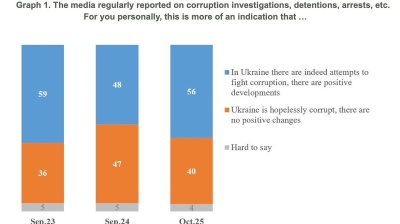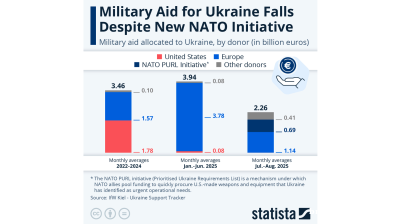Turkey’s consumer price index (CPI) inflation officially stood at 72% year on year in June versus 75.45% y/y in May and 38% y/y in June last year, the Turkish Statistical Institute (TUIK, or TurkStat) said on July 3 (chart).
TUIK’s inflation series reached its peak at 75.45% in May. It will quickly fall back to the 40%s in the next few months thanks to the base effect.
Pushing the headline figure to below 40% would perhaps prove too much of a stretch for the country’s infamous statistical institute.
On May 9, the central bank hiked its end-2024 official inflation "target" to 38% in its latest quarterly inflation report from the 36% stated in the February report.
The upper boundary of the end-2024 forecast range was pushed up to 42%.
The central bank also foretells that average official monthly inflation will decline to 1.5% in 4Q23.
On August 8, the central bank will release its next inflation report and updated forecasts.
For June, TUIK also posted an official inflation of 2% month on month after releasing 3% m/m figures for the three previous consecutive months.
TUIK is set to deliver further outcomes in the 2-3%s for the official monthly headline indicator.
At 72% y/y, Turkey remained in the third place in the world inflation league.
The Istanbul-based ENAG inflation research group of economists, meanwhile, calculated a Turkish inflation figure of 113% y/y for June. The ENAG figure recorded for May was 121% y/y, while for June last year it was 109% y/y.
TUIK also gave an official figure of 50% y/y for producer price index (PPI) inflation in June.
In June 2023, following the post-election appointment of Turkey’s new economic team led by finance minister and ex-Wall Street banker Mehmet Simsek, the Erdogan regime U-turned on monetary policy and launched a tightening process that is ongoing.
Prior to the tightening, another wave of currency depreciation coupled with widespread tax hikes by the new orthodox management dynamited pricing behaviour in the country once again.
Across the tightening process, the policy rate was hiked to 50% by March this year from 8.5% in June last year.
The next MPC meeting is scheduled for July 23. The rate-setters at this point look set to stick with the 50% benchmark.
Looking at the global markets, as things stand they do not suggest any notable turbulence. Turkey’s CDS remain below the 300-level, while the yield on the Turkish government’s 10-year eurobonds remain below the 8%-level.
In June, the European Central Bank (ECB) delivered a rate cut while the Federal Reserve (Fed) has been delaying the delivery of its expected rate cut.
Since March, the Erdogan administration has been applying its straight-line USD/TRY rate policy. It has been drawing a line around the 32-level this time around.
In the last few weeks, portfolio inflows have slowed down and reserve accumulation has been turning negative. Thanks to the strong inflows in May, the central bank’s net FX position is in positive territory at the moment.
Data

Ukraine’s credibility crisis: corruption perception still haunts economic recovery
Despite an active reform narrative and growing international engagement, corruption remains the biggest drag on Ukraine’s economic credibility, according to a survey by the Kyiv International Institute of Sociology.

India’s retail payment revolution
India’s payments landscape has reached a pivotal stage, with digital transactions now accounting for 99.8% of all retail payments.

Military aid for Ukraine falls despite new Nato PURL initiative – Statista
The Kiel Institute for the World Economy found that military aid to Ukraine dropped sharply in July and August compared to previous months, despite the implementation of the Nato PURL initiative.

IMF cuts Russia’s 2025 growth forecast to 0.6%, leaves Ukraine's unchanged at 2%
The International Monetary Fund has lowered its forecast for Russia’s economic growth in 2025 to just 0.6%, marking the second-steepest downgrade among major economies, even as it raised its global outlook.




